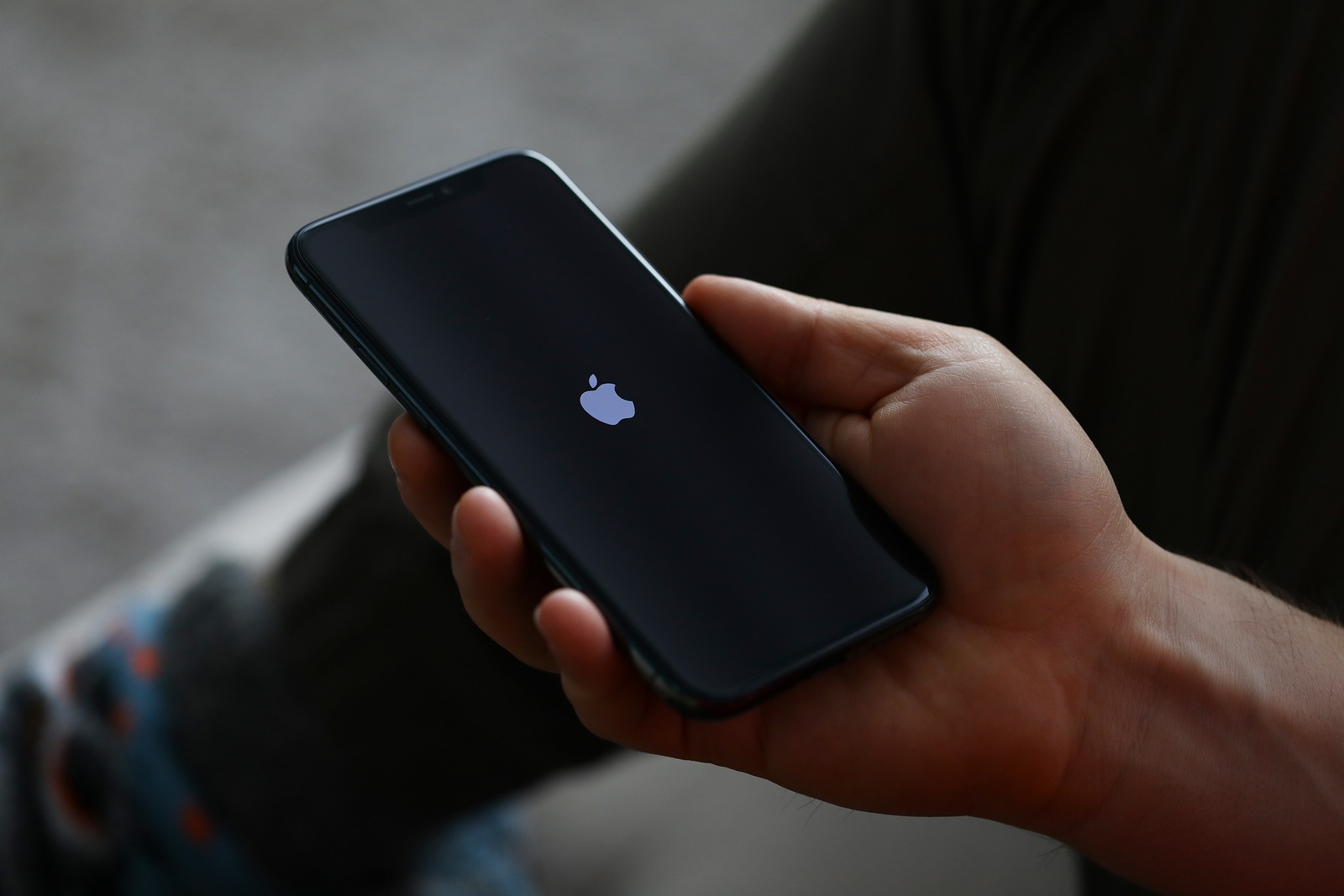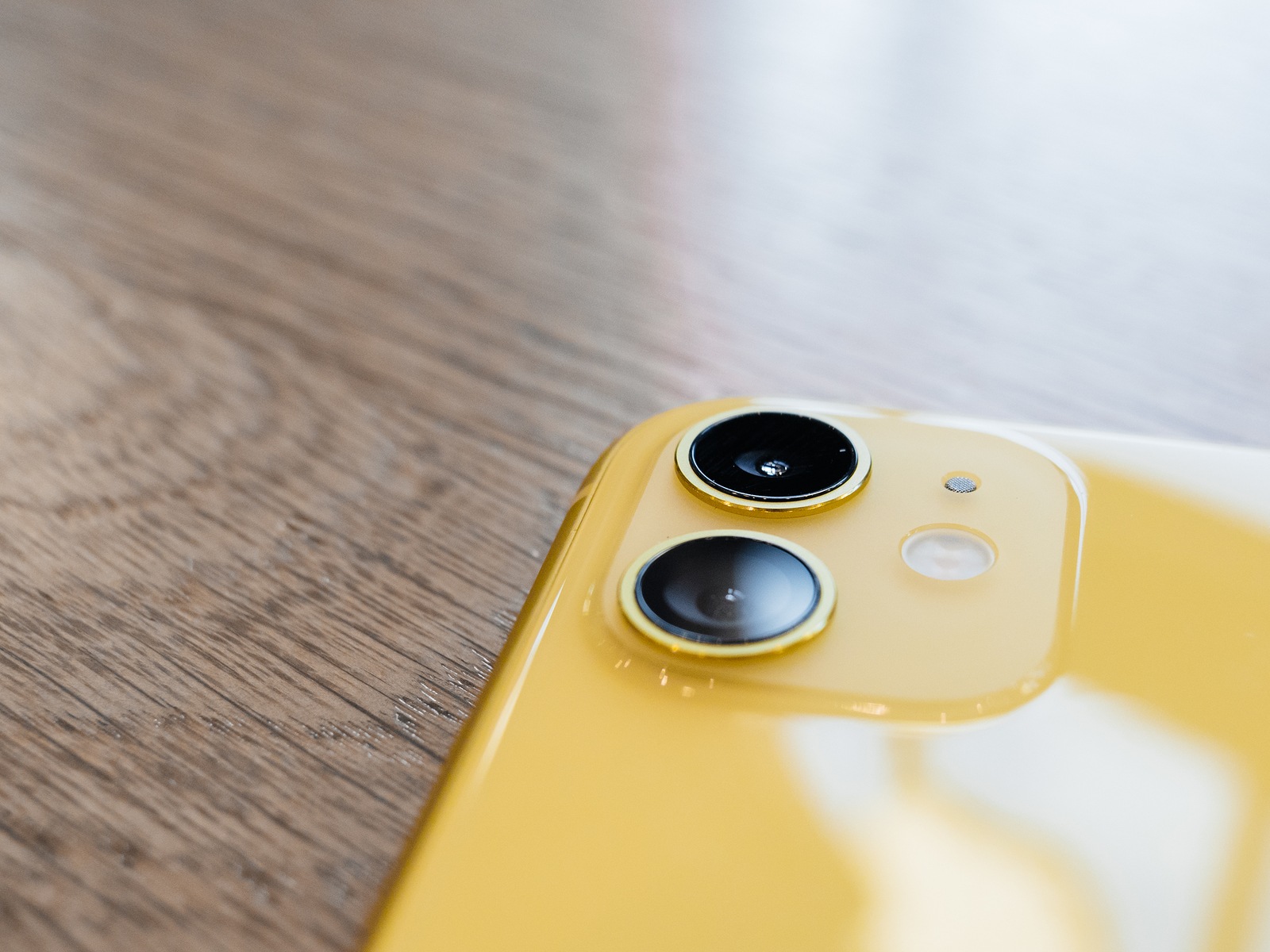One of the biggest innovations in iOS 14 is widgets. The new feature allows users to personalize the home screen according to their wishes. Now Apple has explained the WidgetKit.
Widgets open up many new options for developers that can completely redesign the app experience. Now, in a WWDC presentation, Apple has presented a detailed WidgetKit that explains, among other things, what the focus and experiences should look like and that widgets should not be designed as “mini apps.” This is how Cupertino describes the feature:
"clearly visible, relevant and personalized"
Using the WidgetKit framework and the new widget API for SwiftUI, widgets can be easily created and made available across iOS, iPadOS, and macOS. Widgets now come in a variety of sizes, and users can visit the new widget gallery to browse widgets, preview sizes, and place them anywhere on the home screen for at-a-glance access to important details. You can also add Smart Stacks—sets of widgets that use on-device intelligence to place the right widget on the interface at the right moment, based on factors like time, location, and activity.
In the said WWDC talk, "Meet WidgetKit," Apple sheds light on the focus of widgets. The three main goals to keep in mind are that widgets should be "highly visible, relevant, and personalized." In addition, the company doesn't want to see "mini apps" with buttons and a complex UI at the end. After a general overview of WidgetKit and what the experience should be like, the WWDC talk also walks developers through creating a widget with both static and dynamic configurations. (Photo by HannaKuprevich / Bigstockphoto)





